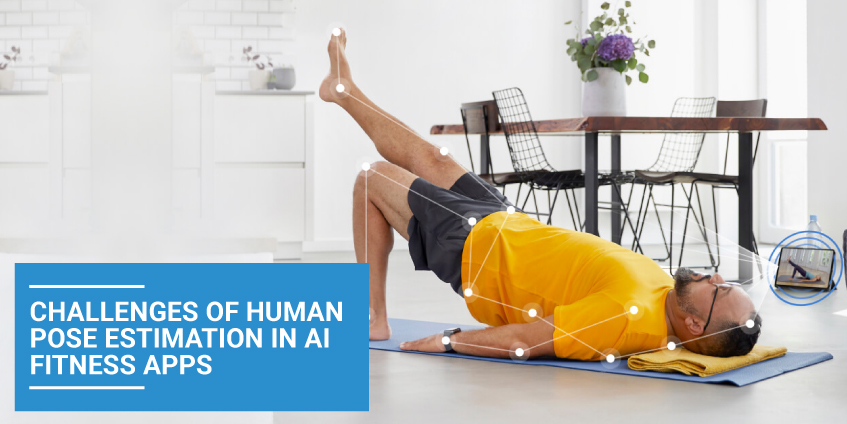
Table of Contents
Fitness mobile apps are in trend as more people become health-conscious in this pandemic age. As per the Wellness Creatives report, the fitness industry grows by 8.7% every year, and customized fitness apps act as a catalyst in this growth.
On one hand, feature-rich fitness apps bring digital transformation in fitness industry, and on the other hand, they can provide a personalized experience based on AI technology.
We can mention several benefits of AI in fitness app development domain. One of them is human pose estimation, which is basically a computer vision-based technology to detect and process human posture. Human body modeling is the core part of this technology and it is related to the position and orientation of the human body.
With the advent of the human pose estimation concept, fitness mobile apps can become more user-friendly and interactive.
Let’s understand the working or mechanism of human pose estimation in AI-powered fitness apps.
How Human Pose Estimation Works in AI-powered Fitness Apps
Advanced and AI-based fitness apps can help users to perform physical exercises properly in a personalized manner. A pose estimation algorithm receives an image of the user as input and shows the coordinates of the specific key points or landmarks on the human body.
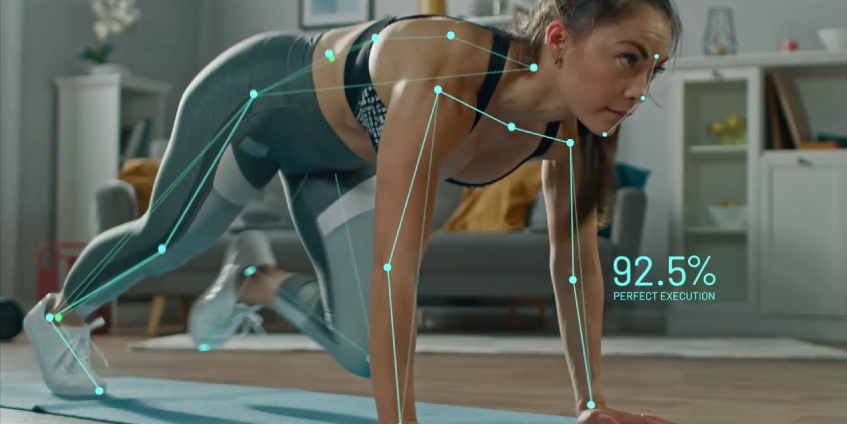
Modern pose estimation algorithms are exclusively powered by convolutional neural networks and hourglass architecture.
It also consists of two major parts- a convolutional encoder to compress the input image and decoder that builds N heatmaps from the latent representation. N is the number of searched key points in the human body in N heatmaps.
A single heatmap is a one-channel image with the same resolution as the input. Each pixel has a probability of containing the values between 0 and 1 for the target keypoint.
Usually, AI-based fitness mobile apps can be used efficiently through devices equipped with a camera. When it comes to human pose estimation in fitness app, the common algorithm follows four steps-
- When the user starts the fitness app, the camera captures their movements during the exercise performance and records the video
- The recorded video will split into individual frames that are processed in line with the human pose estimation model. Here, the key points on the user’s body are detected and the virtual model of ‘skeletons’ in the 2D or 3D.
- These virtual skeletons are analyzed through AI technology and the mistakes in the exercise pattern or technique are shown.
- The app user can receive the description of mistakes along with the recommendations to resolve them.
These four steps seem simple, but while developing such apps, a fitness app development company faces many risks and challenges.
Let’s understand the risks and errors associated with the 3D human pose estimation in AI-powered fitness apps.
Top Risks and Challenges in Human Pose Estimation Fitness Apps
It is fair to mention that a single fitness app cannot answer all the related questions. Fitness app development services strive for meeting all the challenges and issues.
Human pose estimation in AI-powered fitness apps faces the biggest challenge in squatting exercising. Squatting is the basic exercise for athletes. Though it looks simple at first, it is difficult to perform without the help of a personal trainer. The weight of the barbell makes this exercise difficult even for athletes.
Also Read: How Fitness Mobile Apps can Help in Improving Your Fitness Business
Let’s suppose that a human personal trainer is replaced with human pose estimation in AI-powered fitness apps. Will it show the same capabilities as human personal trainers? Here are some of the noteworthy errors of a human pose estimation technology for squatting exercises. These errors may cause health issues in the long run.
Body Specifics for Men and Women
While giving training to human pose estimation models, it is necessary to consider the physiological difference between the body of men and women. If the model got the training on men’s images only, it will provide accurate results for only male users and not females.
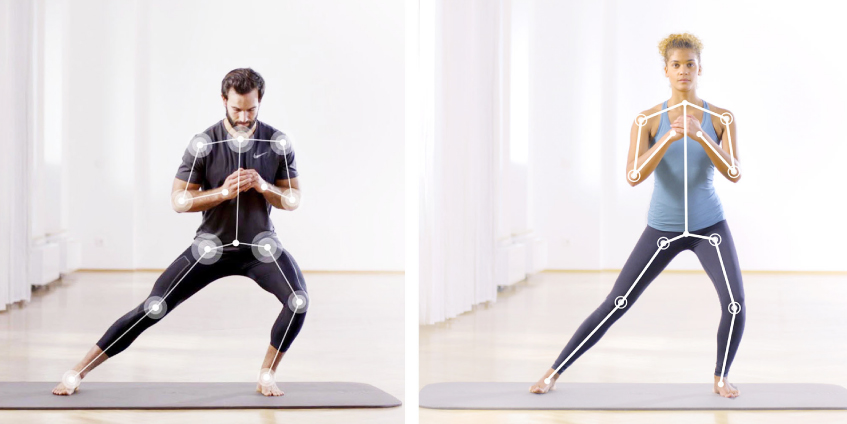
As the difference in body postures for men and women during physical training is very big, the model may fail to output correct results even if the exercise was performed properly. Therefore, it is important for the AI app development company to consider this difference.
Different Specifics of Physiology
No human body has ideal proportions. Whether it is the length of legs, arms, or torso, all of us have some differences and disproportionalities. AI-powered fitness app development should be focused on making the human pose estimation model capable of analyzing the user’s body properly.
It is possible that if a user has unusual body features like the non-standard length of arms, the accuracy of the result will be low if the human pose model fails to identify this disproportionality of the user.
Frontal View Error
The comparison between the movement of two people is an accurate technique to estimate the correctness of performance. For this, the data is taken as frames from two video records- the reference video that shows the correct exercise technique and the input or user’s video that utilizes an AI-powered fitness app to analyze the performance.
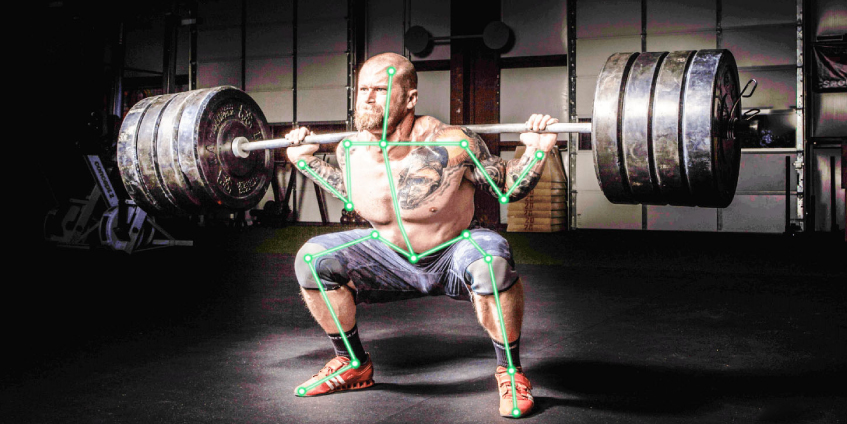
It is necessary to identify the position of 3D key points on both videos and align them to compare the user’s joints with the joints of an athlete from the reference video.
Here, the real issue lies. When the human pose estimation model processes frame with a frontal view, the result’s quality may be low. It is because the datasets used for training these models are lacking enough images of movements and other different aspects.
AI-powered fitness app development faces other issues or challenges as well, including horizontal position, occluded joints, and lack of accuracy while integrating 3D human pose estimation in AI fitness apps.
Concluding Lines
Though AI in fitness apps can bring revolutionary changes in the sector, 3D pose estimation needs more effort to make more accurate human pose estimation models. In the coming years, AI app development companies will have datasets with more diverse data to give the human pose models proper training.
Solution Analysts is a renowned fitness app development Services that develops feature-rich fitness apps. Our in-house team of experienced developers can address all the challenges of AI-based fitness apps effectively while building user-friendly apps with excellent functionality.








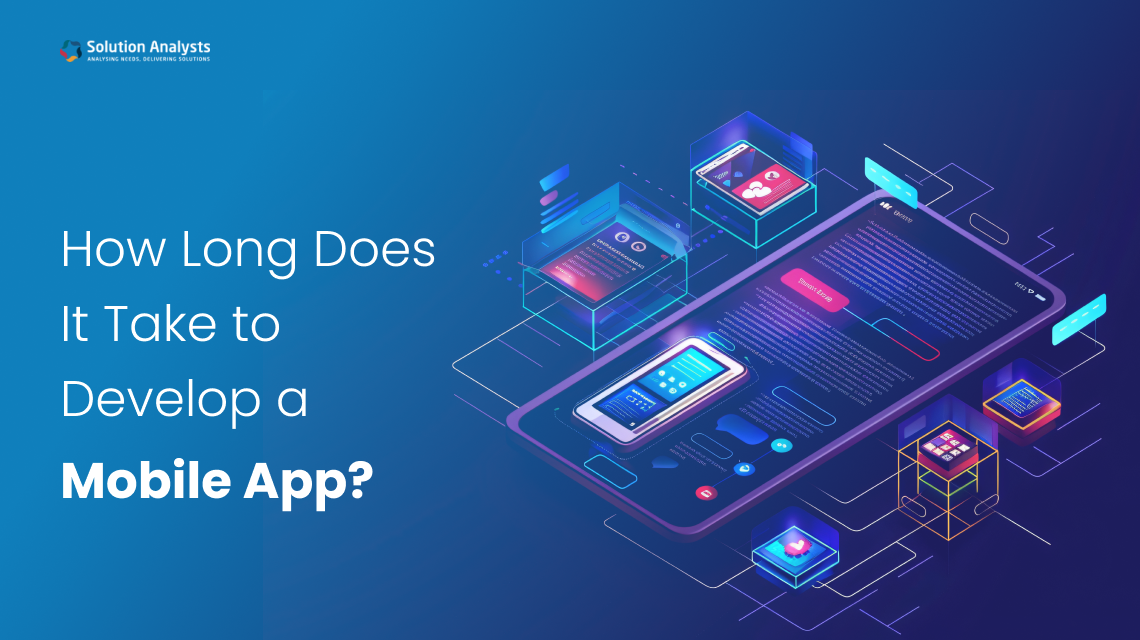


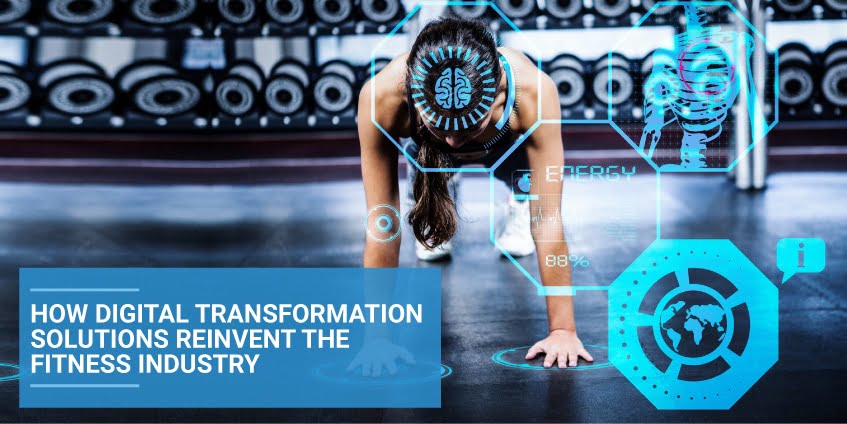
 sales@solutionanalysts.com
sales@solutionanalysts.com biz.solutionanalysts
biz.solutionanalysts






